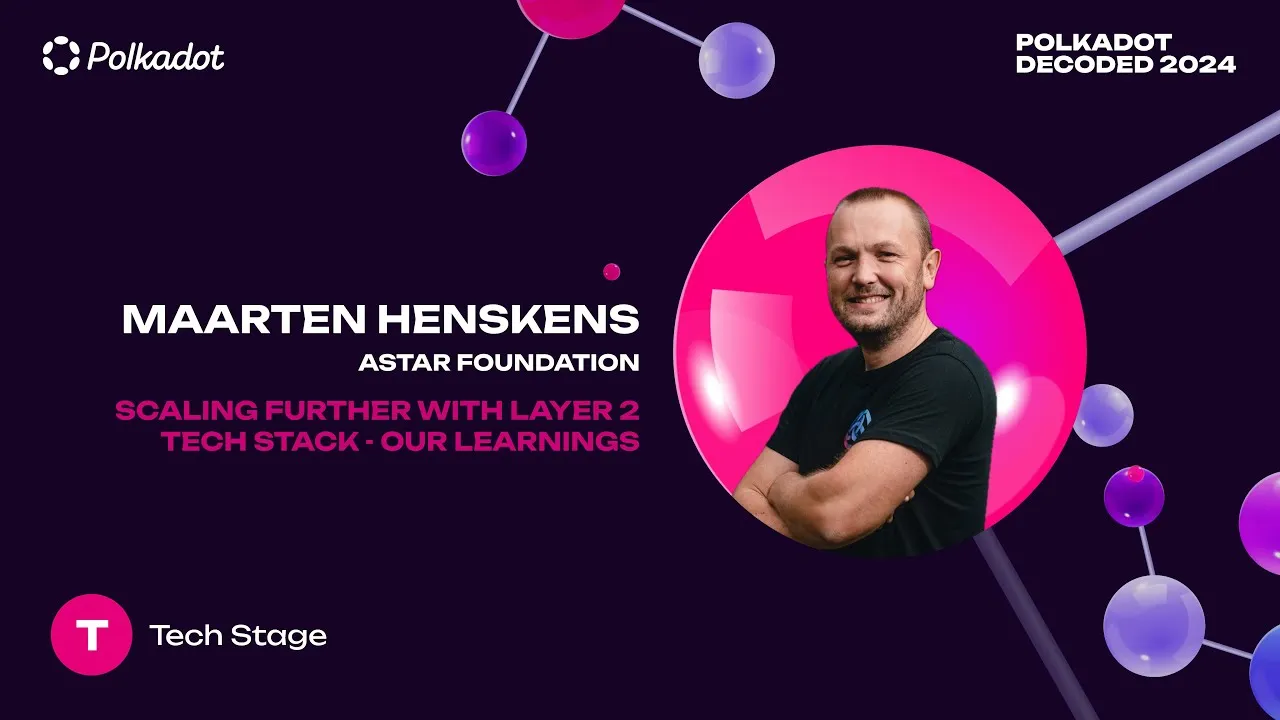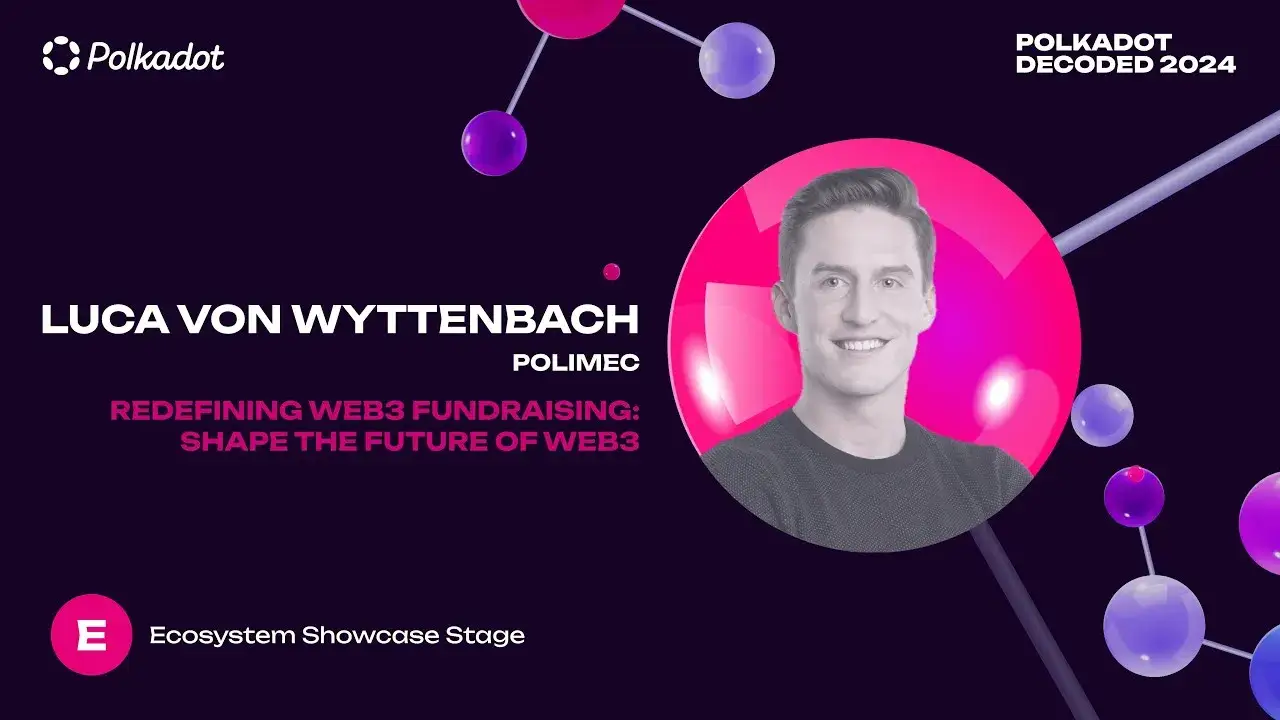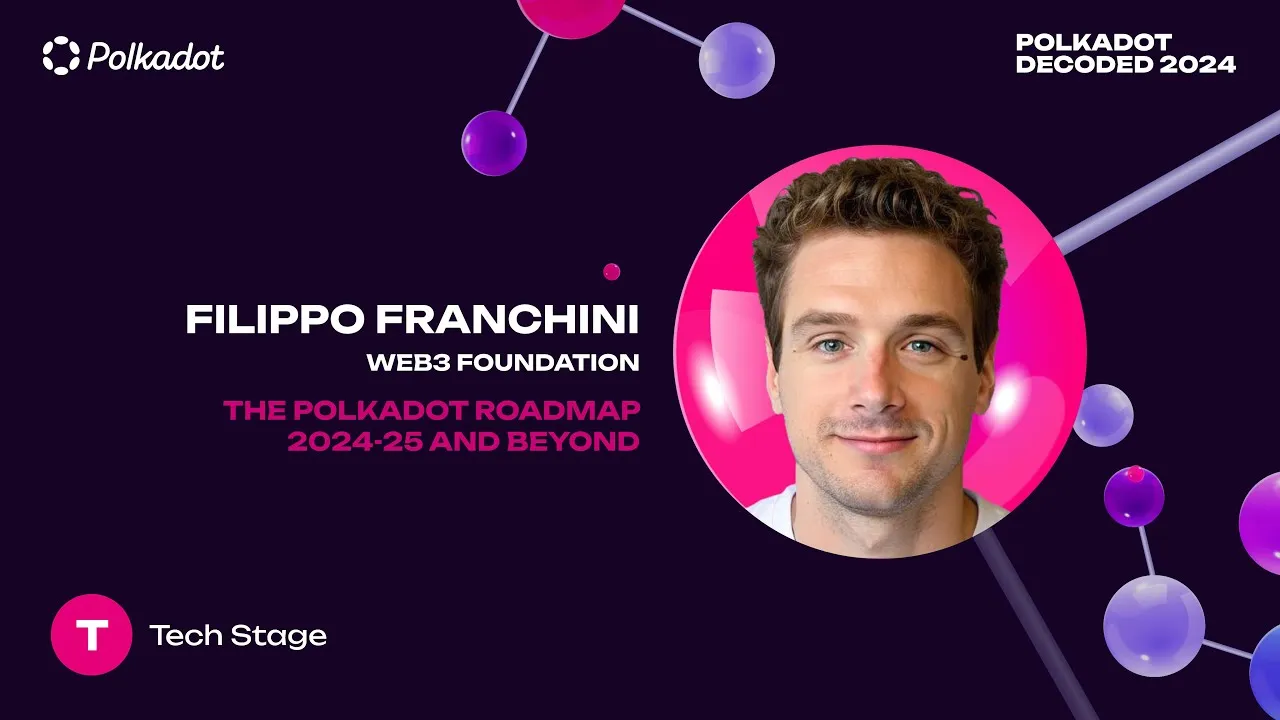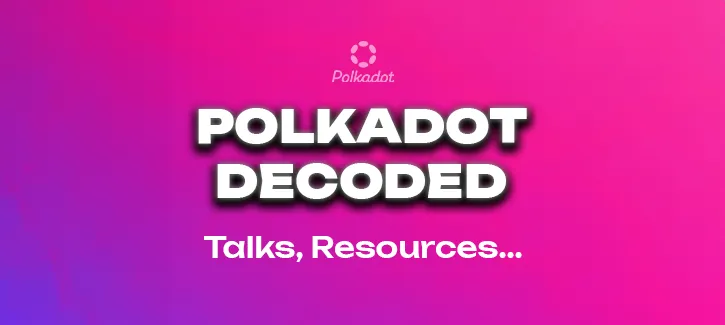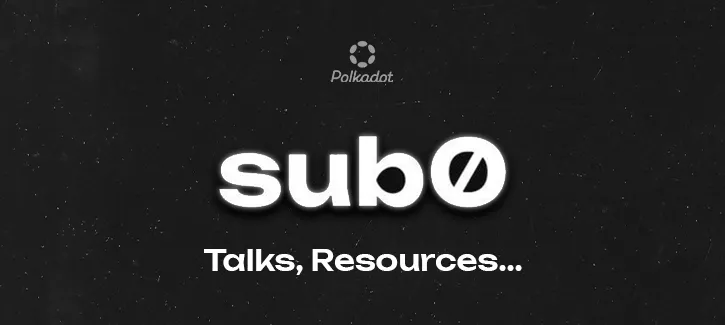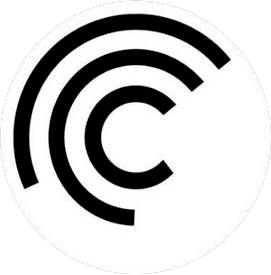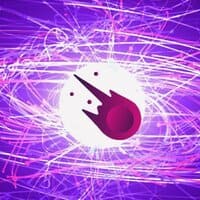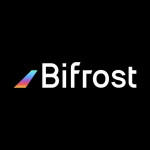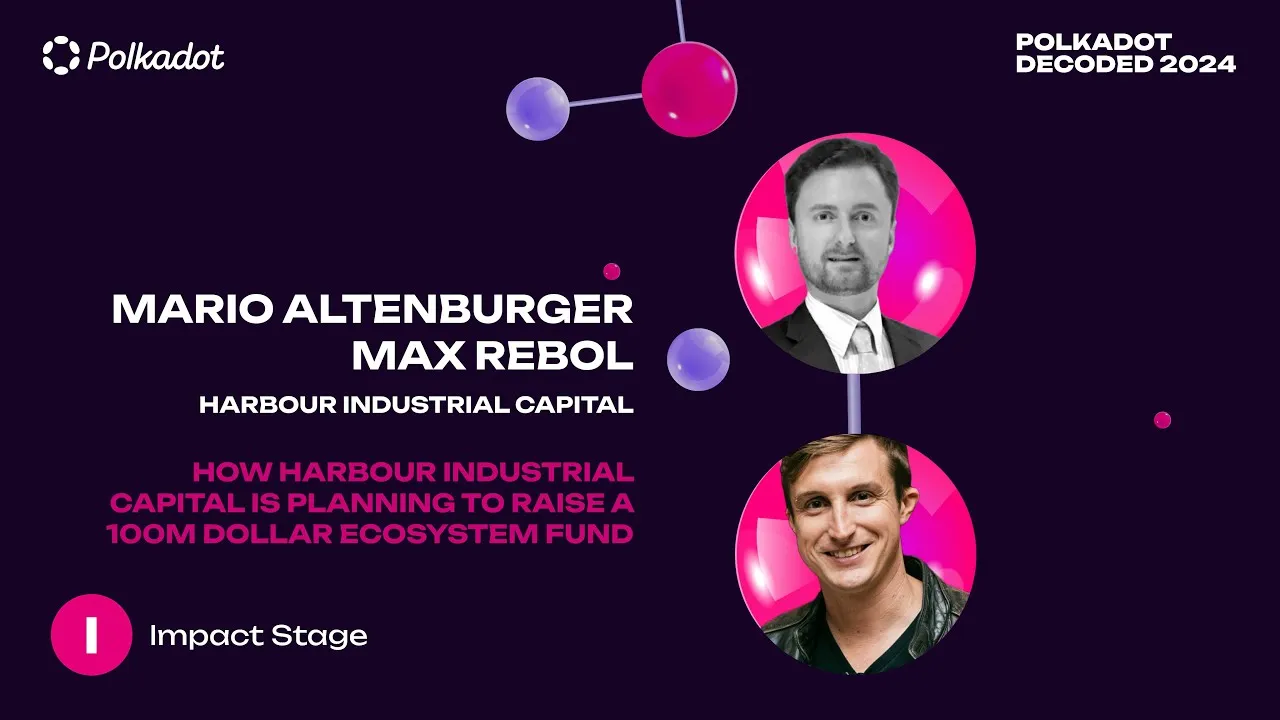

Crust Network
Crust Network is a decentralized cloud storage network designed to provide a scalable and secure infrastructure for distributed data storage.
What is Crust Network?
Crust Network is a decentralized cloud storage network designed to provide a scalable and secure infrastructure for distributed data storage. Built on the Substrate framework within the Polkadot ecosystem, Crust Network integrates the advantages of blockchain technology to offer a decentralized alternative to traditional cloud storage solutions like Amazon Web Services (AWS) and Google Cloud.
Overview of Crust Network
Crust Network serves as a distributed network that is public and open to everyone, allowing any participant to join or leave freely while adhering to system agreements. This system is designed to ensure the security and economic stability of the network, incentivizing participants to contribute to its growth and maintenance. The key features of Crust Network include a unique economic model, a sophisticated consensus mechanism, and a comprehensive governance system.
Crust Network Economic Design Goals
The primary goals of Crust Network’s economic design are:
- Security of the Crust Protocol: Ensuring that the network is secure against attacks and unauthorized access.
- Sustainable Development: Maintaining the long-term viability and growth of the network.
- Protection of Participant Interests: Safeguarding the rights and benefits of all network participants.
- Alignment of Interests: Ensuring that the interests of all participants align with the value growth of the Crust system.
Participants in the Crust Network
Crust Network includes various roles, each contributing differently to the network:
- Validators: Nodes that generate blocks and maintain the blockchain. Validators need to stay online, possess sufficient storage resources, and stake CRU tokens. They earn rewards for their contributions and share the block rewards but also bear the risk of penalties for malicious behavior.
- Candidates: Nodes competing to become validators. They also need to stay online and stake CRU tokens but do not generate blocks or earn exclusive block rewards. Instead, they share in the cycle rewards and can provide storage services.
- Guarantors: Accounts that provide CRU tokens as a guarantee for validator nodes. They earn a share of the validator’s rewards but also bear the penalty risk.
- Users: Individuals or entities that utilize storage and computing resources in the Crust network. They use CRU tokens to pay for services.
CRU Token
The native token of the Crust Network is CRU, a utility token that represents the value of the entire network. It serves multiple functions, including:
- Staking: To maintain the GPoS (Guaranteed Proof of Stake) consensus.
- Guaranteeing Nodes: To provide assurance for selected nodes.
- Transaction Fees: To pay for network transactions.
- Purchasing Services: To buy storage and computing resources.
- Governance: To participate in on-chain governance and voting on proposals.
Generation and Burning of CRU Tokens
CRU tokens are generated in two ways:
- Initial Generation: 20,000,000 CRU tokens are generated at the network’s inception, allocated for community development, ecosystem construction, investment, technical team rewards, and foundation reserves.
- Block Rewards: CRU tokens are rewarded for block production, with an initial annual distribution that reduces over time.
The network also has mechanisms to burn tokens, thereby reducing the total supply and creating deflationary pressure to increase token value.
Crust Network Economic Model
Crust’s economic model is designed to balance network security with participant incentives. The GPoS consensus mechanism combines PoS and PoW elements, requiring nodes to stake CRU tokens and possess storage resources. This dual requirement ensures network security and incentivizes meaningful contributions to storage capacity.
Storage Resource Market
Crust Network’s storage market supports two main services:
- File Storage: Users pay fees to store files on the network, with merchants (validators and candidates) providing the storage space and earning rewards.
- File Retrieval: The network also supports file retrieval services, encouraging merchants to provide quick and efficient access to stored files.
Crust Network Governance
Crust Network employs an on-chain governance system using Substrate technology. This allows CRU token holders to participate in decision-making processes, manage the Treasury, and propose system improvements. This democratic approach ensures that the network evolves according to the collective will of its participants.
Conclusion
Crust Network is a robust and innovative solution for decentralized cloud storage, leveraging blockchain technology to create a secure, scalable, and economically sustainable infrastructure. By aligning the interests of all participants with the network’s growth and ensuring the security of its protocol, Crust Network stands out as a key player in the Polkadot ecosystem and the broader Web3 landscape.
- Related Token/s: GLMR
Related Projects:

Crust Shadow
Canary network of Crust N.
Crust project details:
- Legal Entity: Decentralized Cloud Foundation.
 Crust Official RSS
Crust Official RSS
- Enhancing Real Estate Tokenization: Crust Network and Xcavate Collaboration July 15, 2024
- Crust Devlog | June 1st — June 30th, 2024 July 8, 2024
- Crust Files and Mimir Wallet Integration: Free Decentralized Storage for All July 5, 2024
- Loxodrome x Crust Network: Revolutionizing DePIN with DeFi Synergies July 4, 2024
- EthDA Testnet Now Live: Enhancing Data Availability for Ethereum L2s June 28, 2024
- Crust Wins Polkadot Parachain Slot Auction #71! June 14, 2024
- Crust Gateway Collection Program Season 2 June 12, 2024
- Crust Devlog | May 1st — May 31st, 2024 June 5, 2024
- Crust Network Integrates with BASE for Seamless Decentralized Storage May 24, 2024
- Crust Network Integrates with Tanssi: Join the ‘LFD’ Incentivized TestNet Campaign! May 16, 2024

